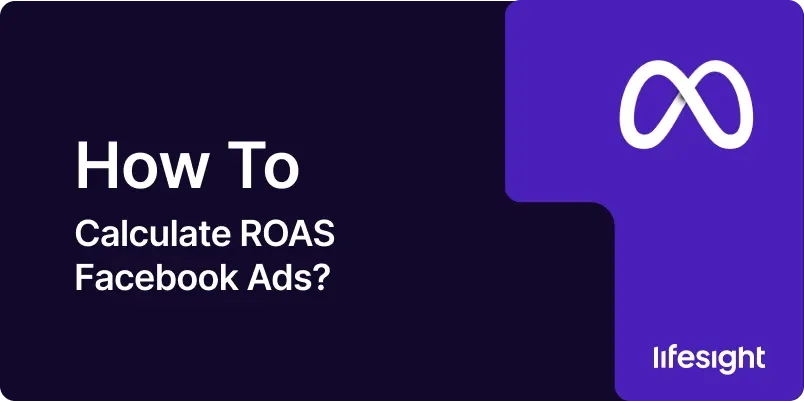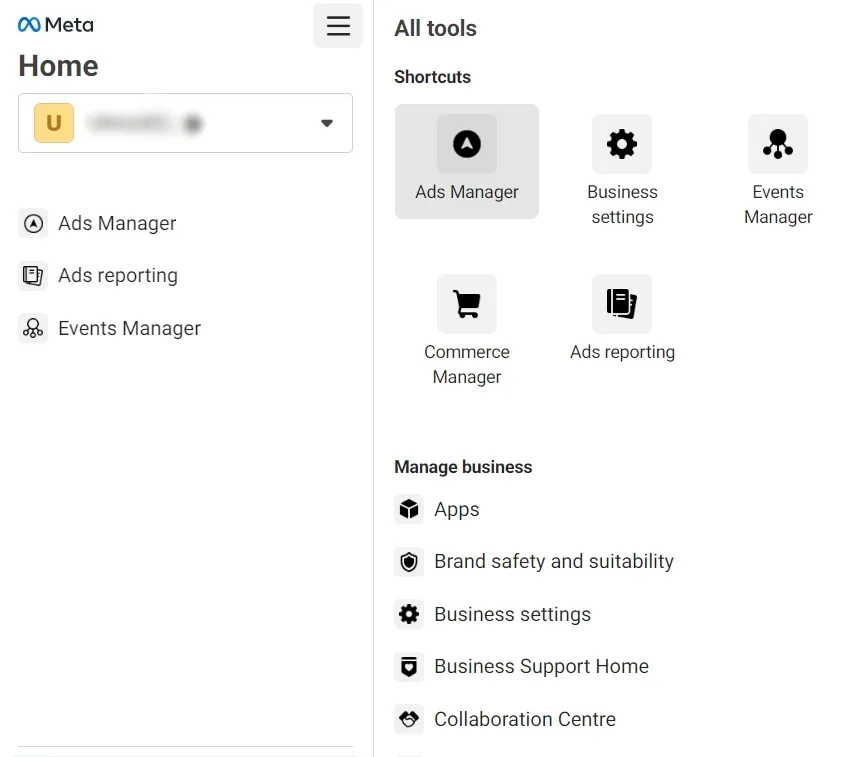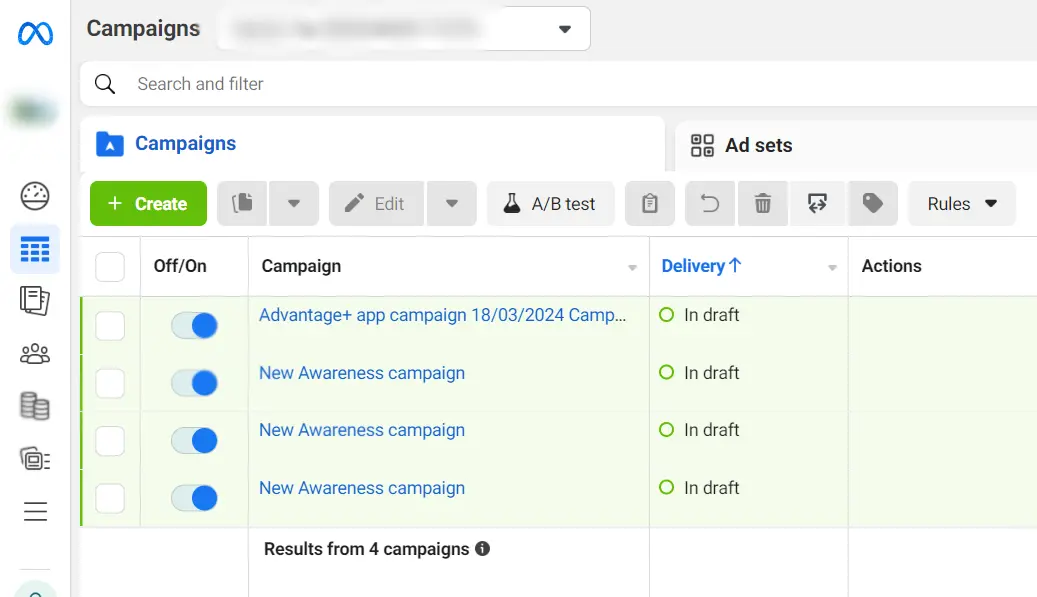
Introduction
Return on Ad Spend (ROAS) is a crucial metric in digital advertising that measures the revenue generated from advertising relative to the amount spent on advertising. Calculating ROAS for Facebook Ads provides valuable insights into the profitability and efficiency of your advertising campaigns, helping you make data-driven decisions to optimize spending and drive higher returns. In this guide, we’ll walk through the step-by-step process of calculating ROAS for Facebook Ads, empowering you to assess campaign performance accurately and maximize your advertising ROI.
Step 1: Define Your Revenue Metrics
Before calculating ROAS, it’s essential to define the revenue metrics you’ll use to measure returns from your Facebook Ads campaigns. This could include total revenue, sales revenue, e-commerce revenue, or any other relevant revenue metric based on your business objectives.
Step 2: Set Up Conversion Tracking
Ensure that conversion tracking is properly set up for your Facebook Ads campaigns to accurately measure revenue generated from advertising. Use Facebook Pixel or Conversion Tracking to track conversions and attribute revenue to specific ad campaigns.
setup-conversion-tracking
Step 3: Access Facebook Ads Manager
Log in to your Facebook Ads Manager account and navigate to the “Ads Manager” dashboard. This is where you’ll access campaign performance metrics and revenue data.
login-to-facebook-ads-manager
Step 4: Select the Campaign of Interest
Choose the Facebook Ads campaign for which you want to calculate ROAS. Click on the campaign name to view detailed performance metrics and revenue data.
Step 5: Access Revenue Metrics
Within the selected campaign, navigate to the reporting interface to access revenue metrics. Customize the columns displayed to include revenue-related metrics such as “Total Revenue,” “Sales Revenue,” or “E-commerce Revenue.”
Step 6: Calculate Total Ad Spend
Determine the total amount spent on advertising for the selected campaign during the specified time period. This includes ad spend on Facebook Ads as well as any additional costs associated with campaign management, creative production, or other advertising expenses.
Step 7: Calculate ROAS
To calculate ROAS for Facebook Ads, divide the total revenue generated from advertising by the total ad spend, then multiply by 100 to express the result as a percentage.
The formula is: ROAS = (Total Revenue / Total Ad Spend) * 100.
Step 8: Interpret ROAS Data
Once you’ve calculated ROAS, interpret the data to understand campaign profitability and efficiency. A higher ROAS indicates that advertising efforts are generating significant returns relative to ad spend, while a lower ROAS may indicate areas for optimization.
Step 9: Analyze Factors Affecting ROAS
Consider various factors that may impact ROAS, such as ad creative, targeting criteria, ad placement, offer relevance, and conversion rate. Analyze these factors to identify opportunities for improving ROAS and driving higher returns from your advertising campaigns.
Step 10: Optimize Ad Campaigns Based on ROAS Insights
Use insights gained from ROAS analysis to optimize your Facebook Ads campaigns for better returns. Allocate budget more effectively, experiment with different ad creatives and targeting strategies, and refine your offer presentation to improve ROAS over time.
Step 11: Monitor ROAS Over Time
Monitor ROAS for your Facebook Ads campaigns regularly to track performance trends over time. Identify changes in ROAS and investigate the factors contributing to these fluctuations to continuously optimize campaign performance and maximize returns.
Step 12: Test and Iterate
Implement A/B testing and experimentation to test different elements of your ad campaigns and landing pages. Iterate on your strategies based on test results to refine targeting, messaging, and offer presentation for higher ROAS.
ab-test-ad-copy-in-facebook-ads
Summary
Calculating ROAS for Facebook Ads is essential for evaluating campaign profitability and optimizing advertising strategies for better returns. By following these step-by-step guidelines and leveraging ROAS data effectively, advertisers can make informed decisions to drive higher ROI and achieve their business objectives.
Free essential resources for success
Discover more from Lifesight

















